“I remember that summer in Dublin,” the Bagatelle song goes. And after the rain and greyness of winter and a very reluctant spring, summer in Dublin is indeed a season to remember.
Whether you’re planning a trip, or simply looking for some inspiration, here are five places in Dublin to lay your head in the centre of the city.
The Shelbourne is an icon in Dublin that looms large in the city’s history and its modern definition of luxury. This five-star, old-school hotel has been the property on record for the who’s who of guests since it first opened almost 200 years ago. If these walls could talk, they would have stories to share about William Thackeray, John and Jackie Kennedy, Princess Grace of Monaco, Elizabeth Taylor, Charlie Chaplin, Seamus Heaney, and The Rolling Stones, just to name a few. In addition to its distinguished guest book (and the hotel does have hard copies of those going back through the decades), The Shelbourne has played host to an impressive roster of events in Irish history, from being the first hotel in Dublin to be gaslit to hosting the 1922 meeting that drafted the Irish Constitution to being a site of crossfire during the 1916 Easter Rising when a stray bullet shot directly through the Lord Mayor’s Lounge, a room where patrons of divided loyalties were taking their tea. Taking tea in that very room remains an essential part of a stay here and indeed of any trip to Dublin. The Shelbourne’s afternoon tea is an elaborate affair complete with unlimited tea sandwiches and an Irish Whiskey Cream Tea, which is unique to the hotel. The guest rooms are classic with modern marble bathrooms, and the suites, of which there are many, are named after some of the more regular and famous guests. While all of the rooms are lovely, ask for one with a view overlooking St. Stephen’s Green.
The Shelbourne’s restaurant, The Saddle Room, presents an impressive, seafood-forward menu of modern Irish dishes and serves wines bottled in France exclusively to the hotel. Whilst the city’s most opulent hotel option, and also one of its priciest, a stay here is nothing short of legendary.
Perhaps Dublin’s best-kept secret, Stauntons on the Green enjoys the happy fortune of being both ideally—if not perfectly—situated and one of the more affordable options on our list. Stauntons stretches across three stately Georgian-era buildings on the south side of St. Stephen’s Green in the fashionable heart of the city. Stauntons is in very good company; the hotel is next door to the architecturally fabulous and exhibit-rich Museum of Literature Ireland (MoLI), connected by way of its back garden and through a wrought iron gate to Iveagh Gardens, a Victorian-era walled park with manicured flowerbed and a waterfall, and directly across the street from St. Stephen’s Green. The buildings that make up Stautons have been a hotel since the 1990s, when the area around the Green was a tawdrier version of what it is today, and when the rooms were a popular resting place for hen and stag parties. The hotel—like much of Dublin—went through a top-to-bottom renovation, and in 2015 it was scrubbed into re-existence as Stauntons. Today, its 53 rooms are airy and bright (especially in Dublin’s moments of sun), sweet and homey. Stauntons feels more like a welcoming guest house than an anonymous hotel and gives you a glimpse into old-world Dublin. It’s easy to imagine W.B. Yeats, James Joyce, and their contemporaries booking a room. Indeed, the poet Gerard Manley Hopkins spent his final years living here and it’s where many of his most famous sonnets were penned. The ground floor rooms have private patios that adjoin the hotel’s back garden, a peaceful place where you can take breakfast or an evening drink (complimentary for guests). Stauntons prides itself on its art collection which includes works by Jack Butler Yeats and a striking and significant work from the 1920s by Harry Clarke, a stained-glass artist and book illustrator. In fact, the piece, “The Blessed Julie and Two Children” was originally part of a set of four glassworks hanging in a cathedral in Glasgow and has made its home in Stauntons since 2020.
The Merrion, a stately, upmarket hotel on Merrion Square feels both thoroughly modern, at the same time, rooted in Dublin’s history. The red brick façade of the hotel stretches across four Grade I listed Georgian homes while a modern Garden Wing extends the hotel around two rear, private gardens. The Merrion’s renovation of these four 18th-century homes was considered to be one of the most significant renovation projects to be completed in Dublin in recent history and no detail was overlooked. The two gardens, which form a courtyard for the hotel, were redesigned by Jim Reynolds, the much-accoladed Irish landscape designer and the mastermind behind the gardens at Ballyfin Demense, among other historic properties. In the late spring until the summer months, the gardens form an extension of the drawing rooms to allow for al fresco dining. Together the historic and new wings lend a sleek elegance to the heart of Dublin and offer 142 rooms that cater to a loyal international clientele.
The Merrion is home to an impressive collection of 19th and 20th-century Irish and European art, and just wandering through its central lobbies feels akin to strolling around a museum. In addition to its art collection, The Merrion has earned a following for its elegant Art Afternoon Tea in which pastry chef Paul Kelly interprets works from the hotel collection in edible confections. Tea is served alongside a thick book detailing the works that hang on the hotel’s walls. Although it has the feeling that it has been there forever, The Merrion only opened as a hotel in 1997. Before that date, its buildings had been private homes and served as government offices. Today, the hotel, located on the less busy but still central Merrion Square, flies slightly below the radar, offering a more discreet address where you’re most likely to spot a royal or celebrity guest while they’re passing through Dublin.
Number 31 is another of Dublin’s best-kept oases. Offering a modern take on a bed and breakfast, sans any chintz, the classic Georgian townhouse is in a residential area of Dublin just south of the city centre (St. Stephen’s Green is under a ten-minute walk away) and steps from the Grand Canal. Once the home of Sam Stephenson (1933-2006), the renowned architect whose designs caused equal parts controversy and praise, Number 31’s interiors are art deco inspired, funky in spirit, and richly coloured in decor. Pieces from Stephenson’s collection of 19th and 20th-century art and adornments are peppered throughout the interiors. Highlights include a small poster (in fact, the smallest) designed by Henri de Toulouse-Lautrec and the only poster the French artist created using zinc plates, a George III-style chandelier which originally hung in Tavern on the Green in New York City, and bold, colourful art deco travel posters created by the French artist Roger Broders. A playful, jazzy feeling flows throughout the townhouse and back garden, complete with a fire pit, making this an elevated home away from home.
Located in the heart of commercial Dublin, in the lively quarter surrounding Grafton Street, steps from trendy Temple Bar, and equidistant from the tranquillity of St. Stephen’s Green and the quads of Trinity College, The Westbury presents the best of modern, luxurious Dublin. Part of the Doyle Collection, which boasts sister properties in London, Bristol, Cork, and across the pond in Washington, DC, The Westbury feels decidedly international. Cosmopolitan in spirit, the property celebrates its central location with local touches such as its Good Shopper guide, which highlights stellar shops specialising in contemporary Irish design and homewares. The Westbury’s rooms and suites are traditional while feeling modern and sleek (there are no flourishes of Victorian or Georgian Dublin here). The hotel is noted for its dining options which extend in popularity far outside the realm of hotel guests. Balfes Bar & Brasserie is their lively all-day spot booked for both business lunches and shopping breaks; Wilde offers a more upmarket, romantic dinner spot with a menu of creative modern Irish dishes; and, The Sidecar is an adults-only art deco homage to a 1930s cocktail bar. The Westbury also offers afternoon tea in their gallery, a light-filled and airy setting. This is the hotel to stay in if you’re looking for a modern backdrop with an independent soul.

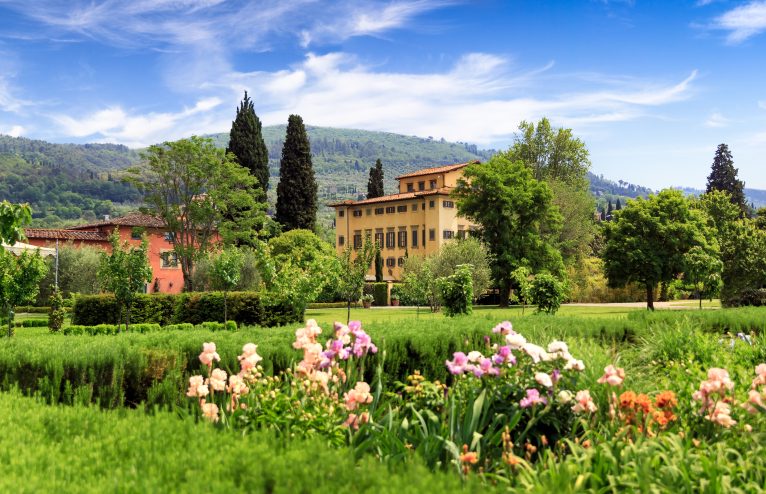
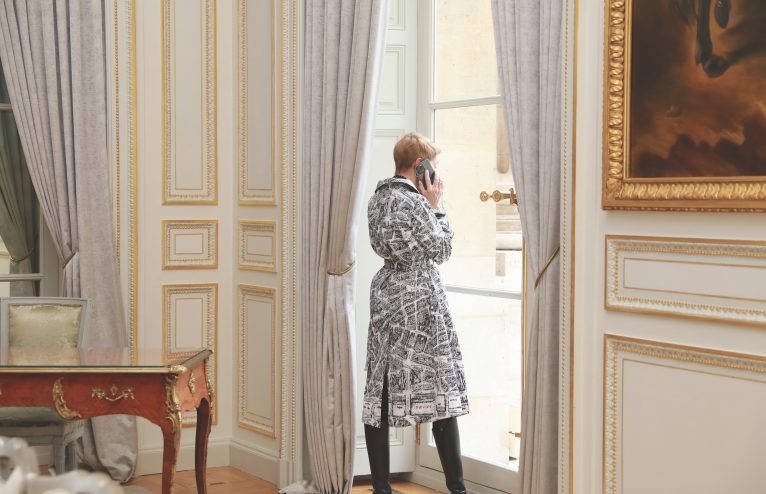
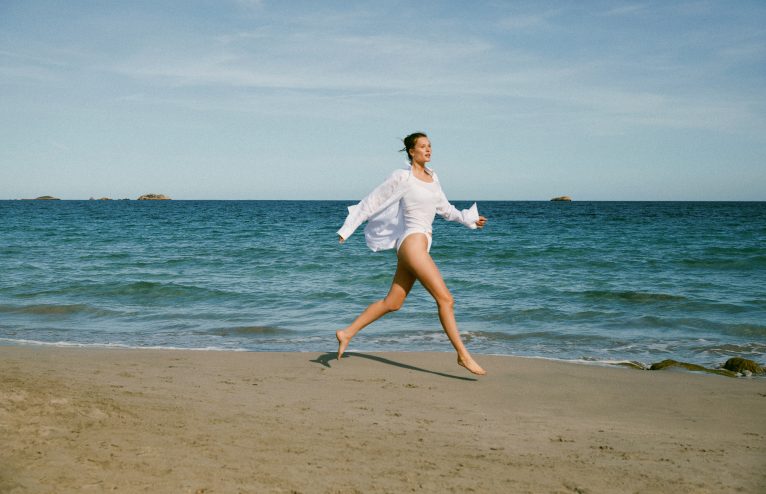




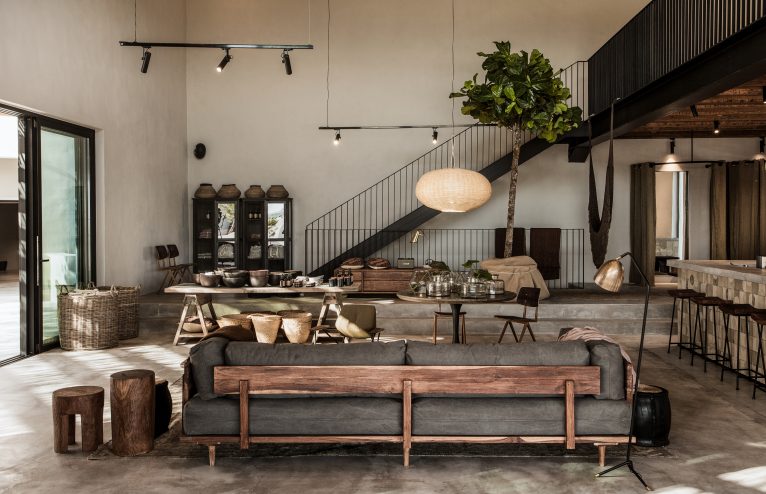
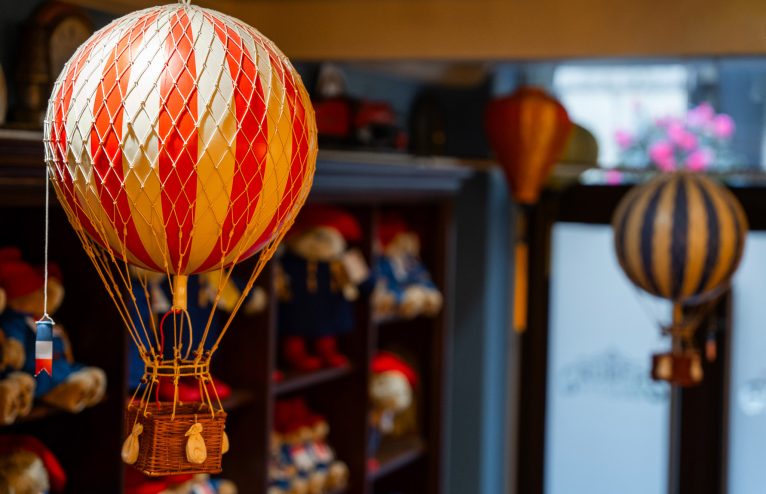
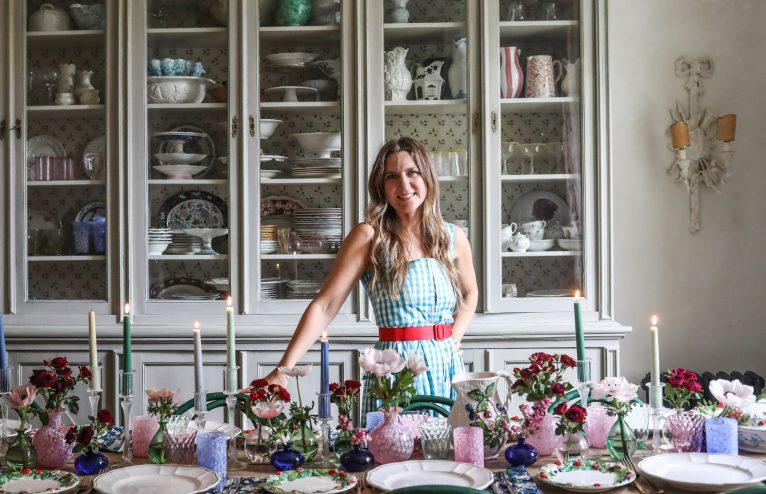






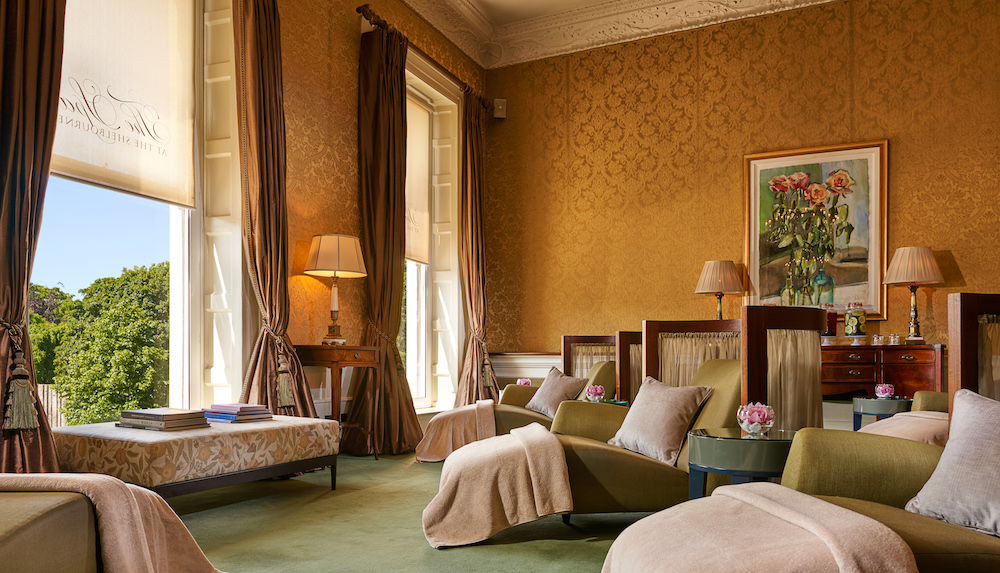

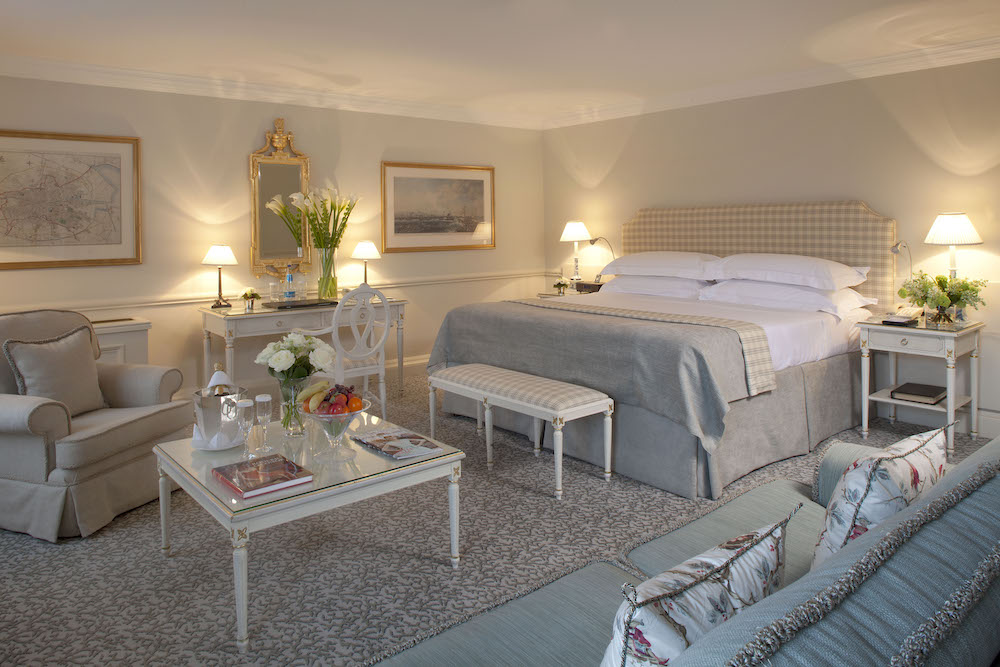
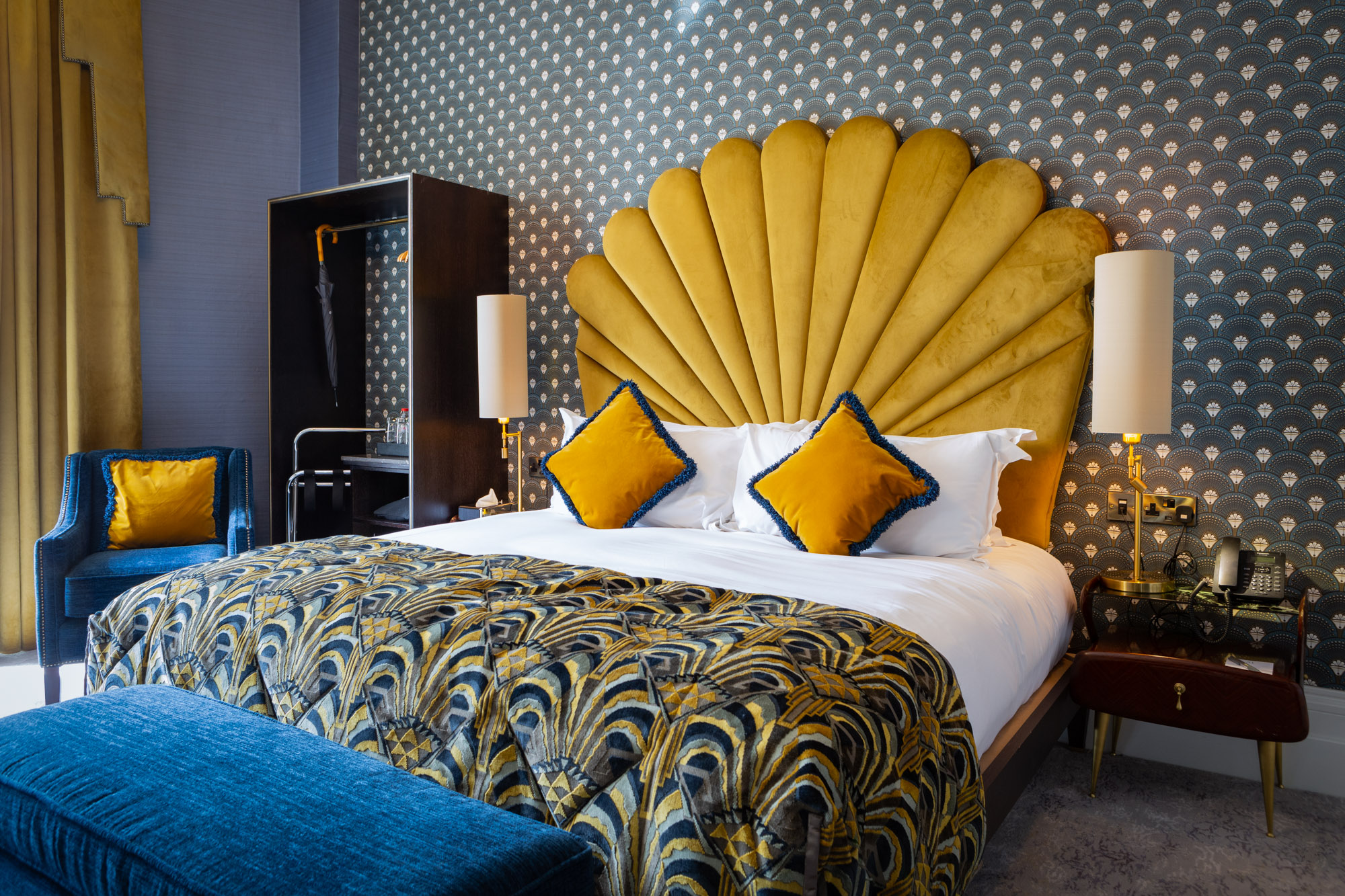

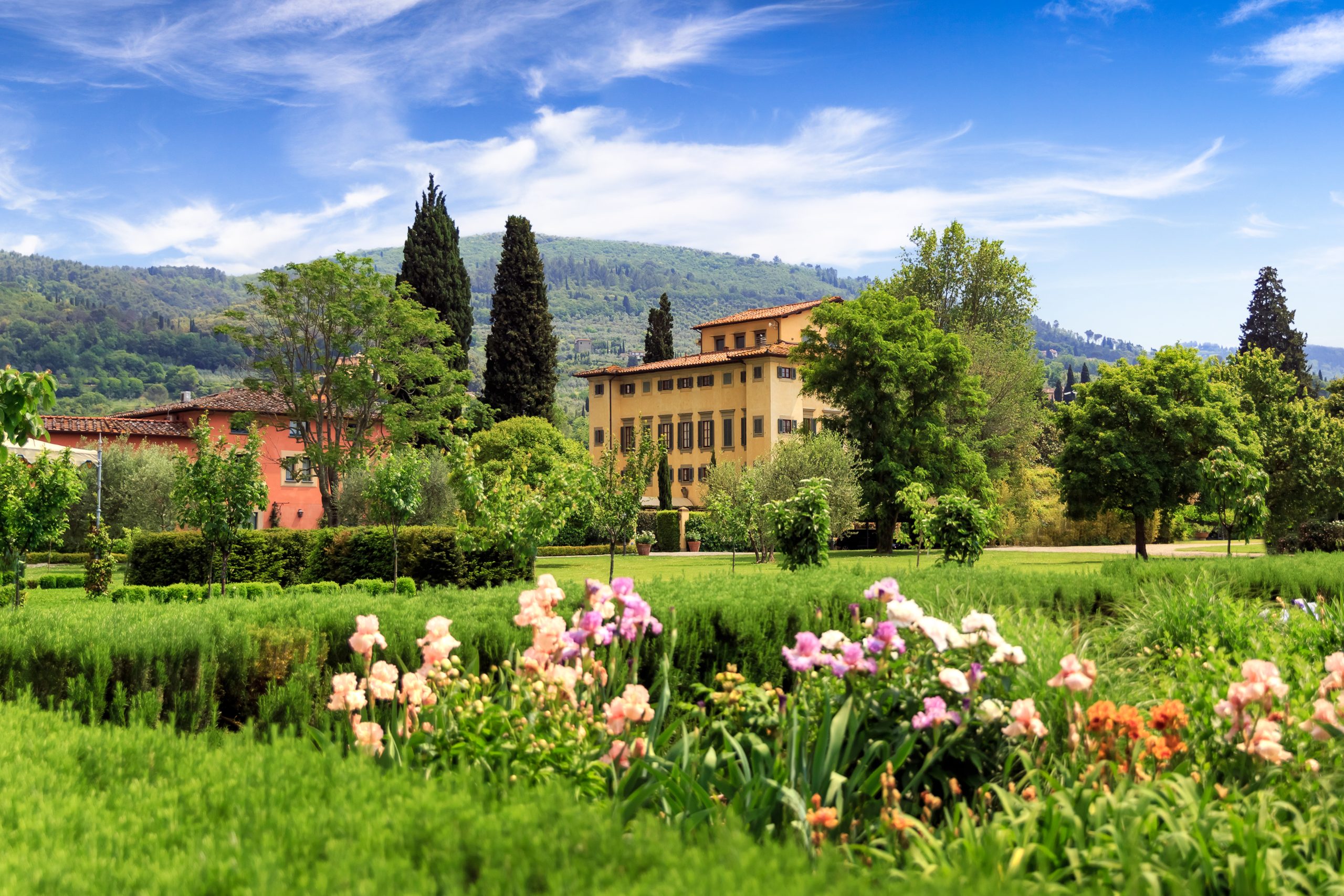



Any Questions or Tips to add?